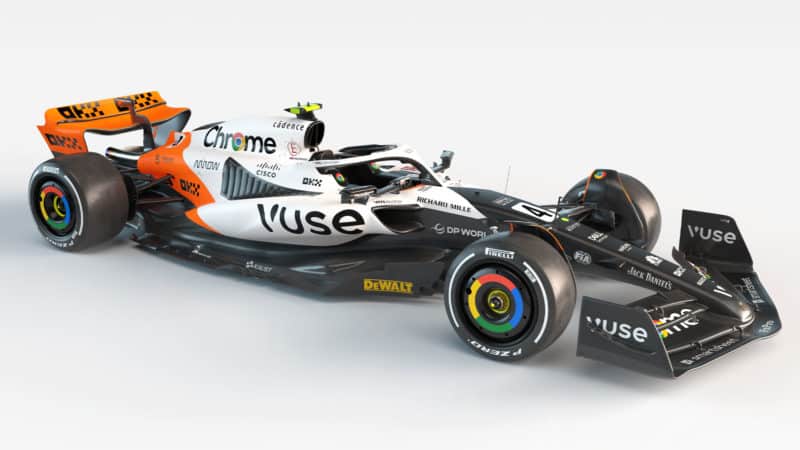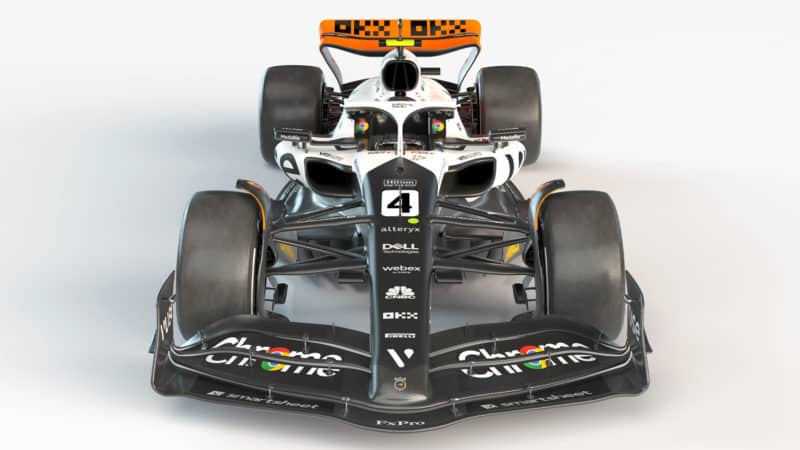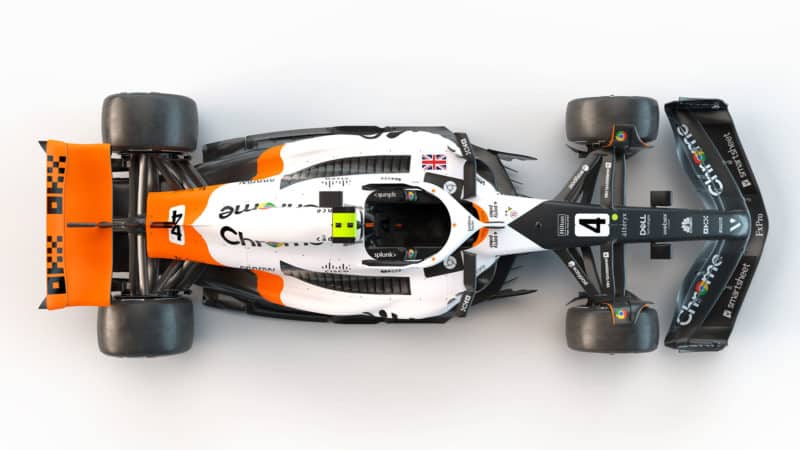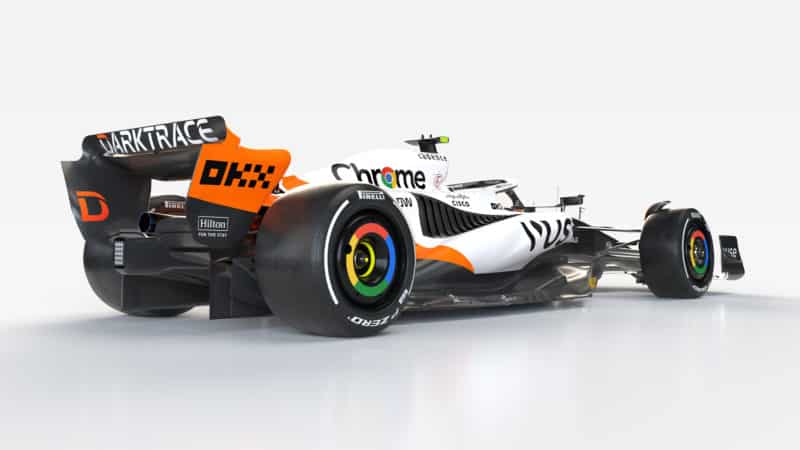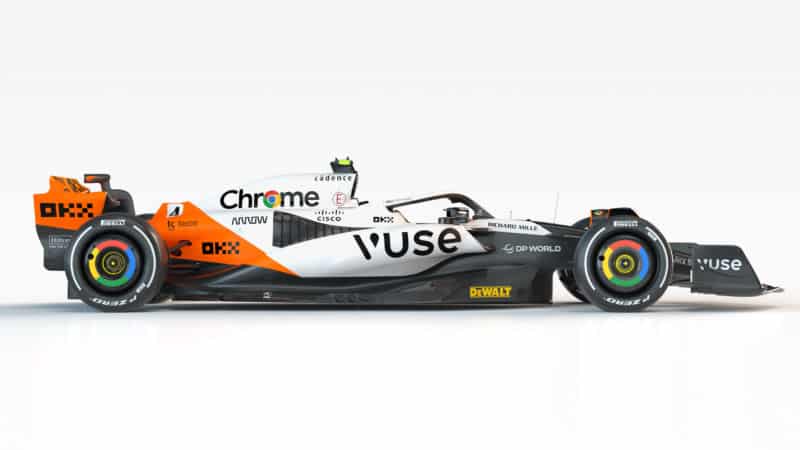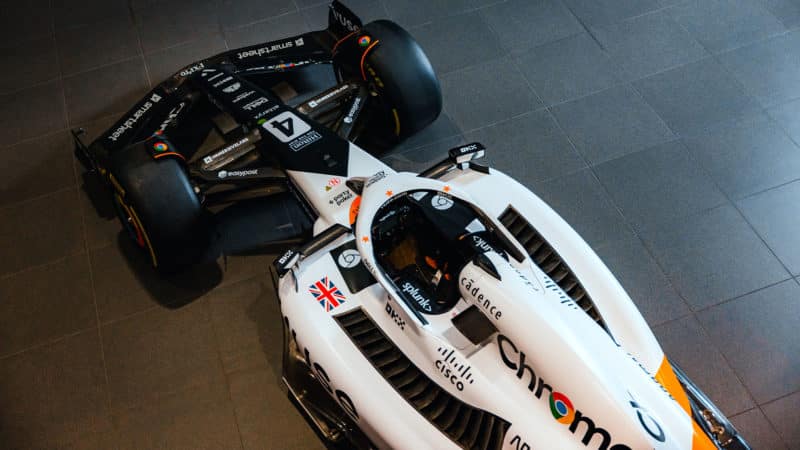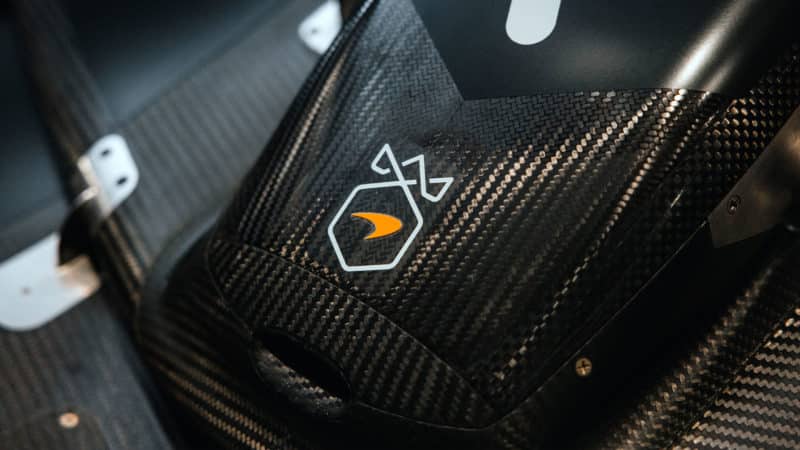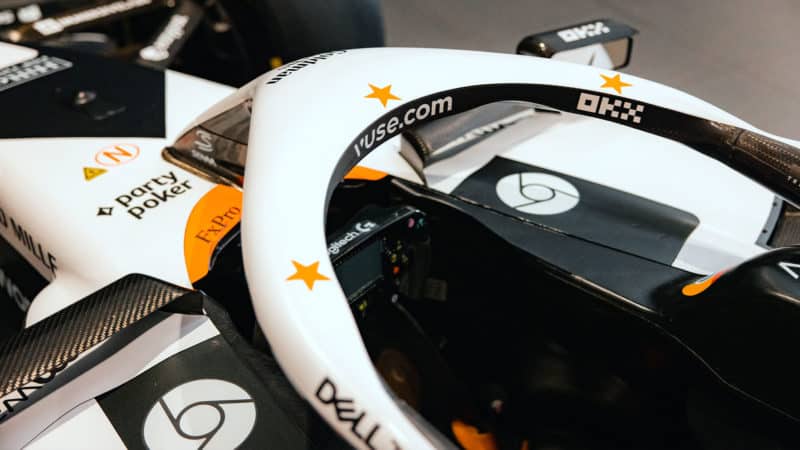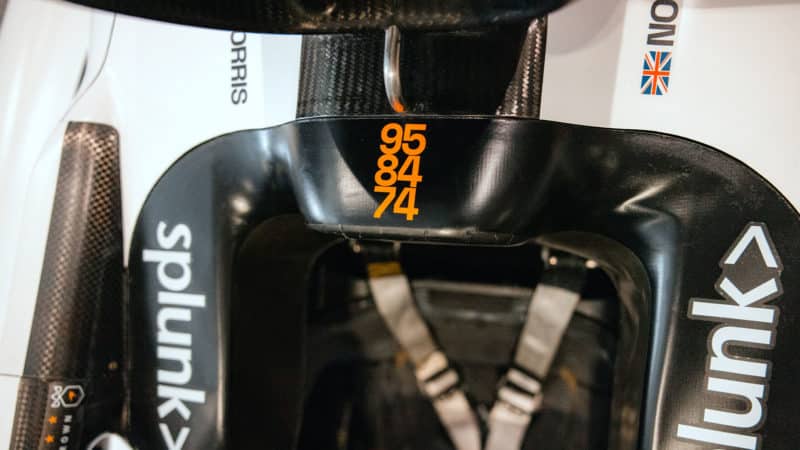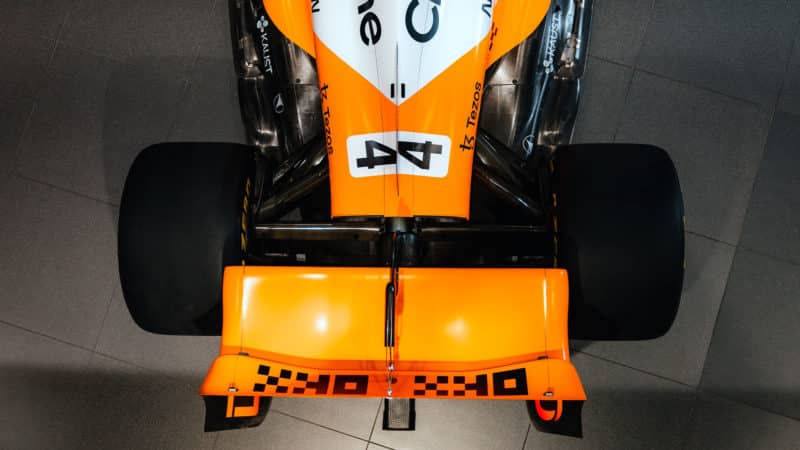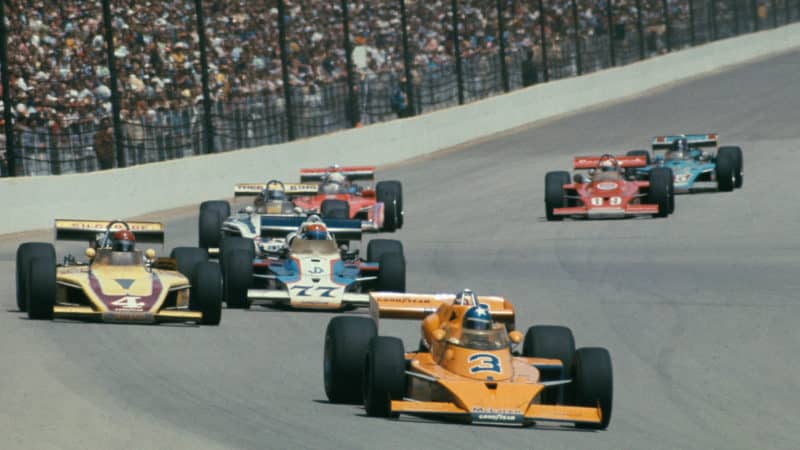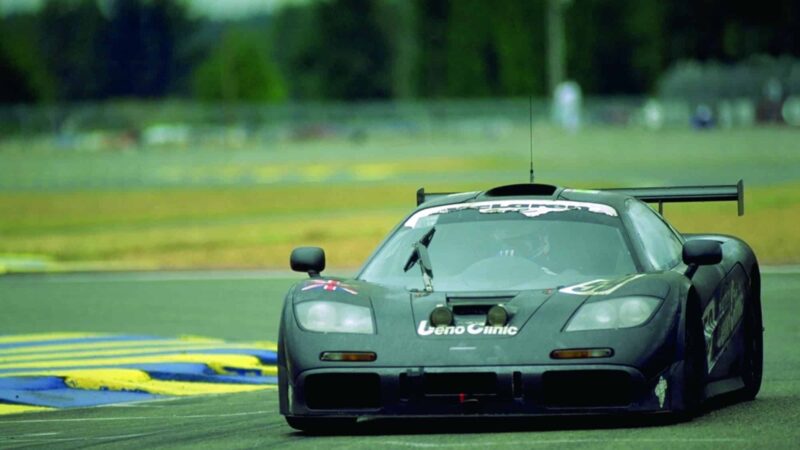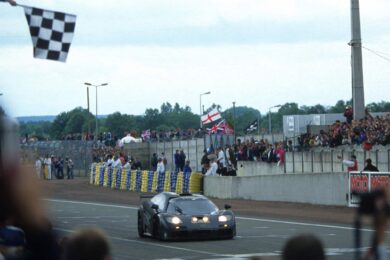“It was perfect,” Rutherford told Motor Sport. “It’s so good when you have a good car and everything happens right.”
It looked like all that pace might be in vain though – a blown engine in practice meant Rutherford was excluded from pole day proceedings, meaning his eventual qualifying lap – which was actually second fastest of the whole field “without even trying” – put him 25th on the grid.
It mattered not on race day though – Rutherford soon scythed past his rivals, and by lap 12 was up to third, until meeting his match in the form of the fearsome AJ Foyt.
“We raced hard in the middle stages of the race, both taking turns in the lead,” remembered Rutherford. “He had the Ford V8 overhead cam, and his car was a little faster down the straightaways than mine. But I was all over him through the turns. He could be halfway through the turn when I was just entering it, but then I’d be on his tail going across the short chute that followed.
“It was frustrating when a car like that has just enough torque or strength to get down the straightaway a little quicker than you, but I knew if I kept the pressure on him I would either run him out of right rear tyre, or engine.”
Eventually Foyt’s Ford power unit did break, spewing oil all over Rutherford’s McLaren. ‘Super Tex’ was eventually black-flagged, handing Rutherford the race – it was the second-furthest back anyone had won the 500 from, after Lou Meyer, who came home first after starting 28th.
“It was everything I ever hoped it would be,” said Rutherford. “To get your image on that Borg Warner trophy means a great deal.”
1984 Monaco Grand Prix – Alain Prost
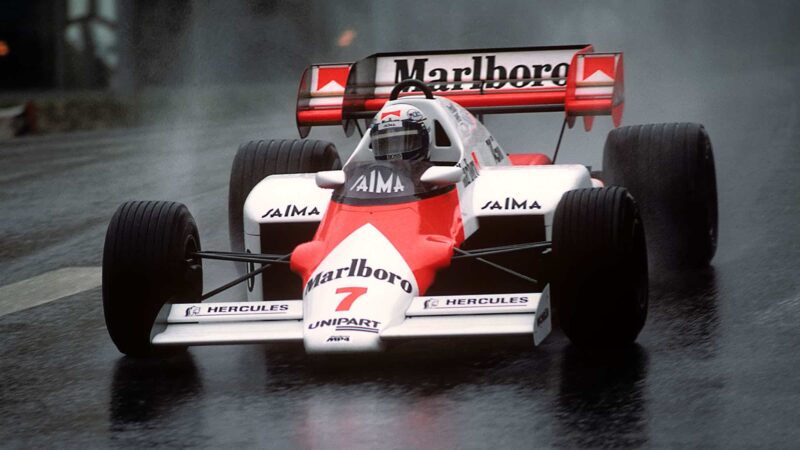
Prost took McLaren’s first Monaco win in 1984
Paul-Henri Cahier/Getty Images
Ironically, the 1984 blast round the principality streets is most-remembered for being Ayrton Senna’s breakout race but the man he was chasing down, Alain Prost ultimately claimed the first ever Monaco McLaren win on the track at which the team made its debut.
It would be the first of 15 for the Woking team, five clear of nearest challenger Ferrari. Though it’s often viewed in the light of being a race in which Senna was denied a rightful victory, it’s also an example of vintage Prost – clear-headed, calculated driving being exactly enough to win.

